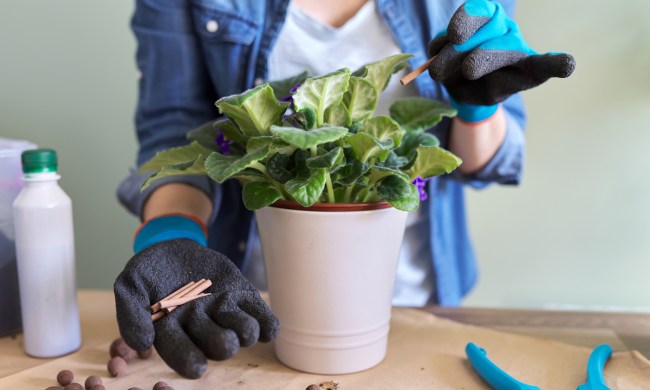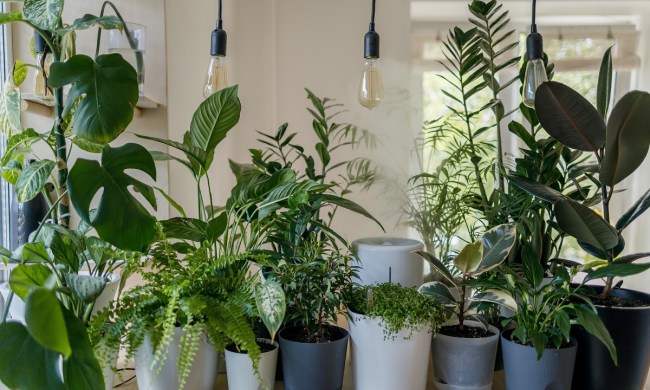Look up spring indoor herb garden essentials, and you’ll usually find the basics: parsley, basil, and cilantro. While you can’t go wrong with these cooking staples, you can boost your go-to recipes with more unique indoor herbs. From Vietnamese coriander to winter savory, we’ve compiled a range of easy-to-grow kitchen herbs that will lend your cooking more intricate flavors. In most cases, all it takes is a quick search online to track down seeds or seedlings — you may even find these herbs at your local farmers market or nursery.
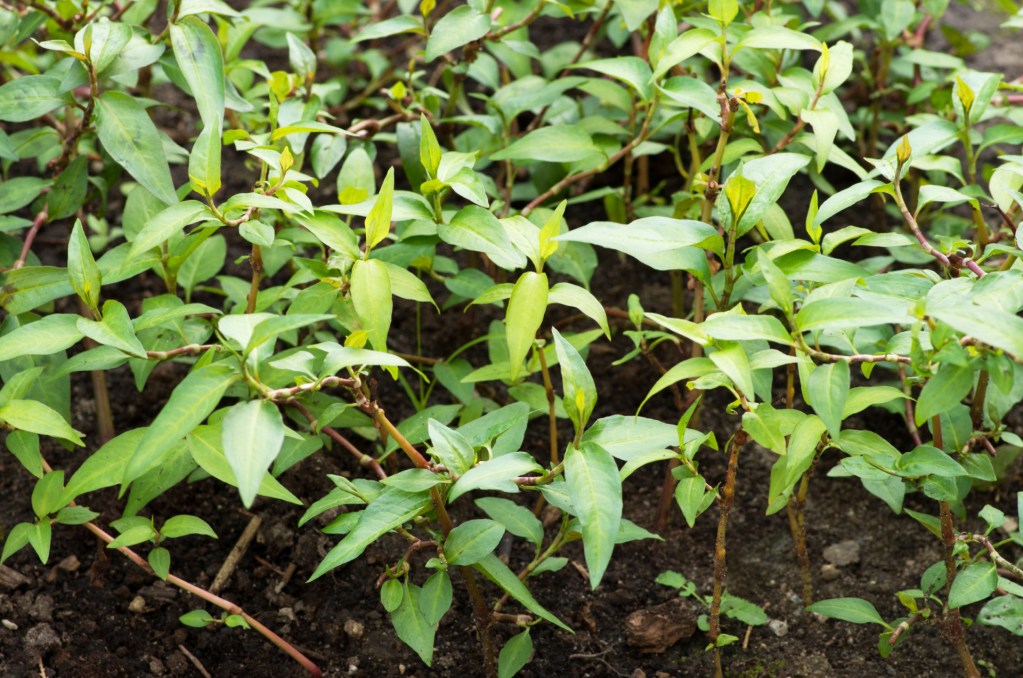
Vietnamese coriander (rau ram)
Vietnamese coriander, or rau ram, features inky, flat leaves that tend to grow quite quickly. It features a stronger taste than cilantro, flavoring foods like rice rolls, soups, and noodles with its lemony and peppery notes. With Vietnamese coriander, a single plant can go a long way, as it’s a perennial with an aggressive growing habit.
It’s partial to warm climates in indirect bright light conditions and tends to be a thirsty plant. Besides keeping its soil consistently moist, you want to cut it back regularly to keep it healthy and vigorous. Home gardeners usually start it from cuttings as opposed to seeds.
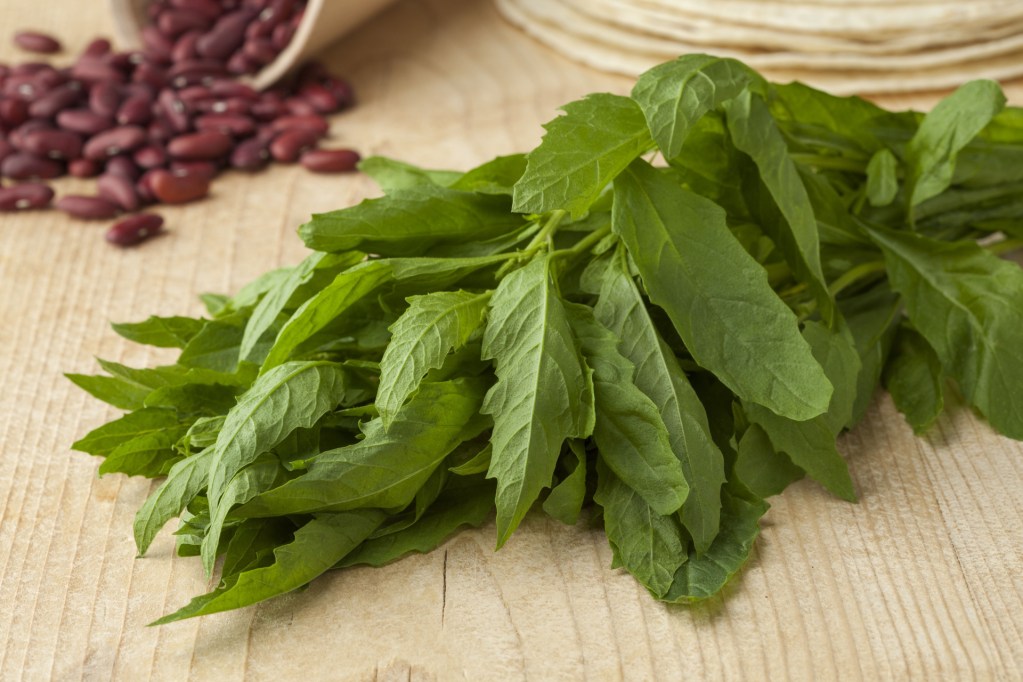
Epazote
Give your savory dishes a pungent and earthy kick with epazote. This soft, slender Central American herb is perfect for lending intricate flavor to soups, moles, and quesadillas. Its unique flavor profile can taste like a combination of anise, oregano, and mint, among other notes; suffice to say, a little can go a long way.
Be careful around the seeds and oil, as they’re toxic in large doses. Hardy in zones 6 to 11, epazote is a drought-resistant plant that’s relatively easy to grow as long as you don’t drown its roots and you give it full sun — use grow lights if necessary. It’s commonly started from seed.
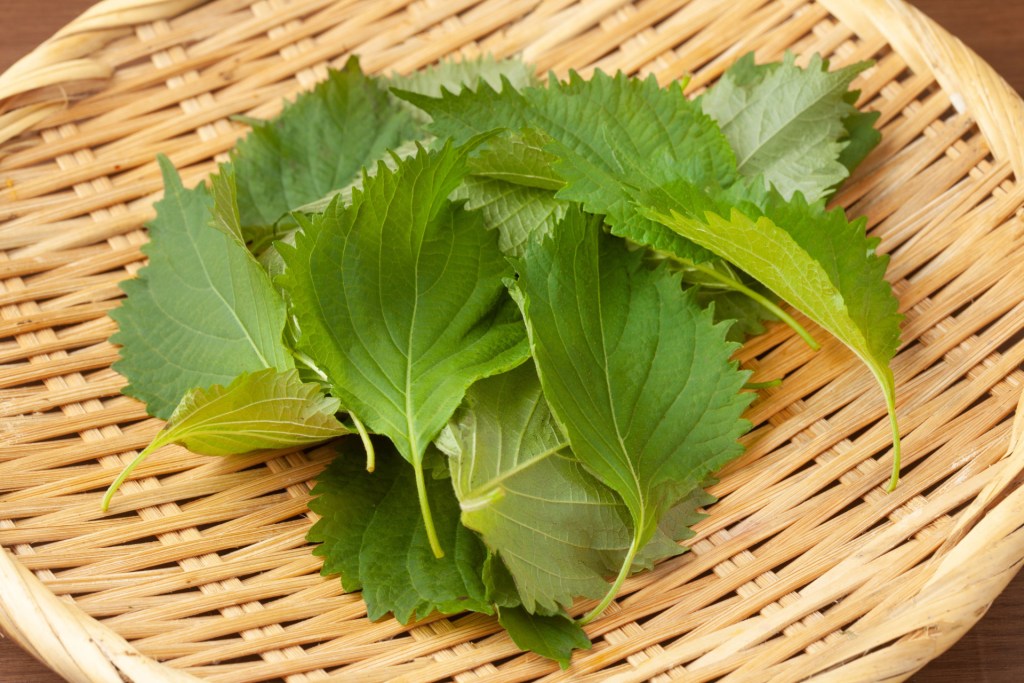
Shiso
Also known as perilla or Japanese basil, shiso is as beautiful as it is tasty. Commonly used in noodles, fillings, and pickles, this nutrient-packed herb features frilly leaves that are generally red or green. Part of the mint family, it features a flavor reminiscent of mint, basil, anise, nuts, and licorice.
Often grown from seed around the time of the last frost, shiso is partial to warm, humid growing conditions. In hot conditions, it appreciates partial afternoon shade, but can generally tolerate full sun — in fact, it’s an annual in zones 2 through 9, but can survive as a perennial in zones 10 and 11. Like other herbs in the mint family, it can spread quickly, so cut it back to keep its growth in check.
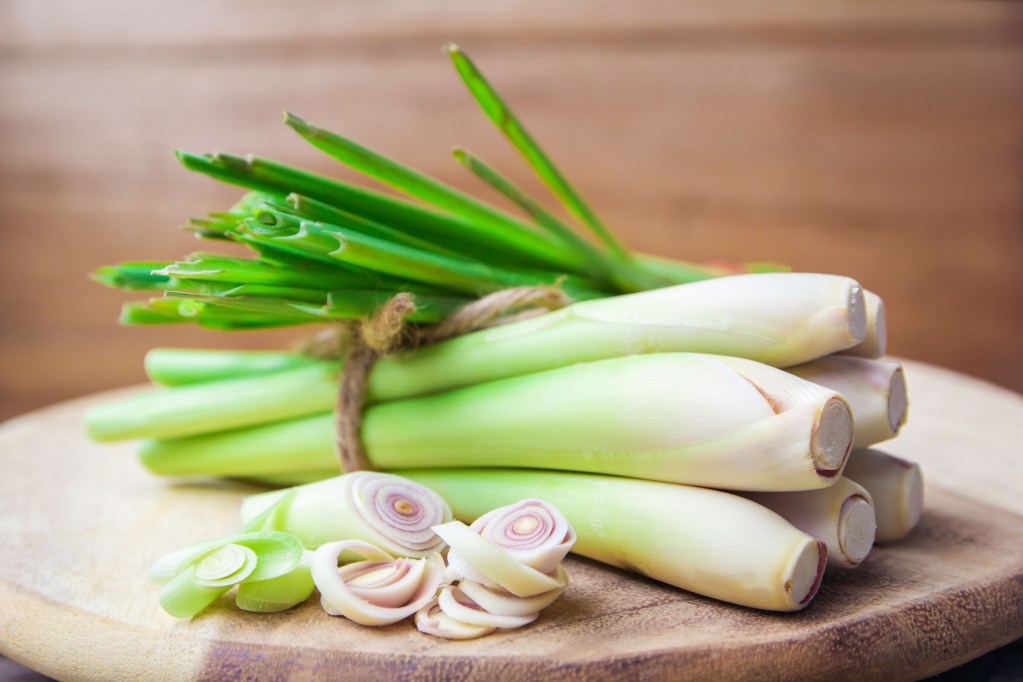
Lemongrass
A go-to in Southeast Asian cooking, lemongrass features an earthy citrus flavor that goes well in stir-fries, marinades, noodles, and soups. While it can live happily in a large container, this tall, stalky tropical herb can thrive in the ground after the last frost in zones 10 and 11 — just as you’d expect from grass or ground cover.
It does best in warm, humid, bright environments. You want to keep the soil relatively moist but never soggy, as overwatering a lemongrass plant can drown its sensitive rhizomes. Be careful when handling lemongrass because its blades have serrated edges. You can propagate lemongrass from the grocery store, but you can also grow it from seeds.
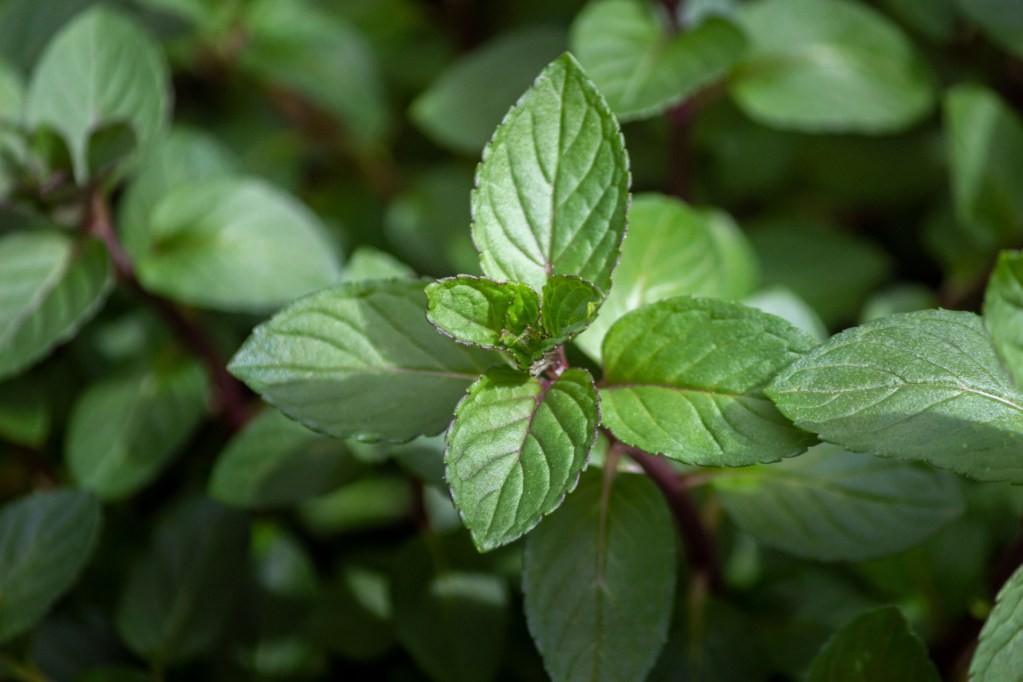
Chocolate mint
While you could grow peppermint or spearmint, why not grow chocolate mint for an herb that’s more outside the box? Although it has a chocolate aroma, its taste leans more citrusy and minty, making it a great addition to cocktails and baked goods.
A healthy contender for an indoor plant, chocolate mint thrives in partial shade and moderately moist soil, with little need for extra plant food beyond one feeding of balanced fertilizer per growing season. Given basic care requirements, it can grow prolifically, so prune it back when it reaches 5 inches tall. Since it’s a sterile hybrid, you want to start chocolate mint from cuttings or divided plants rather than seeds.
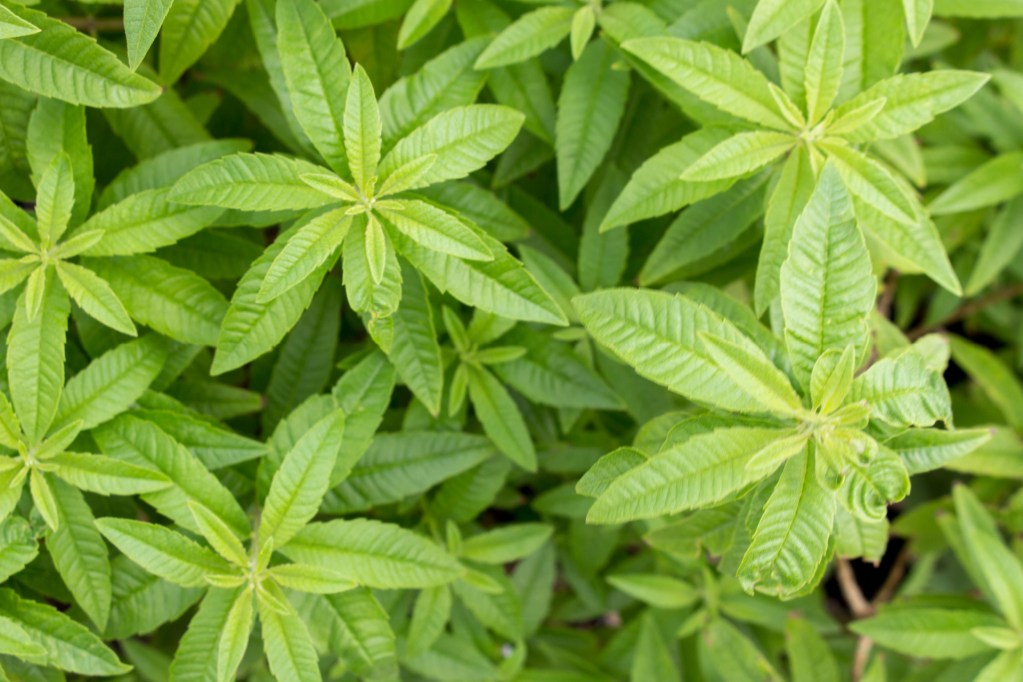
Lemon verbena
Whether you add it to teas, cocktails, marinades, or desserts, lemon verbena can add a refreshing, citrusy taste to your recipes. Though perennial in warm areas, you can keep a healthy lemon verbena plant indoors. Hardy to zones 8 to 11, lemon verbena appreciates loose, well-draining soil and doesn’t need to be watered often, especially if you keep it indoors. To maintain healthy leaves, you might want to invest in grow lights because lemon verbena needs full sun. This herb starts out best as seedlings or divided plants, as growing lemon verbena from seeds can be tricky.
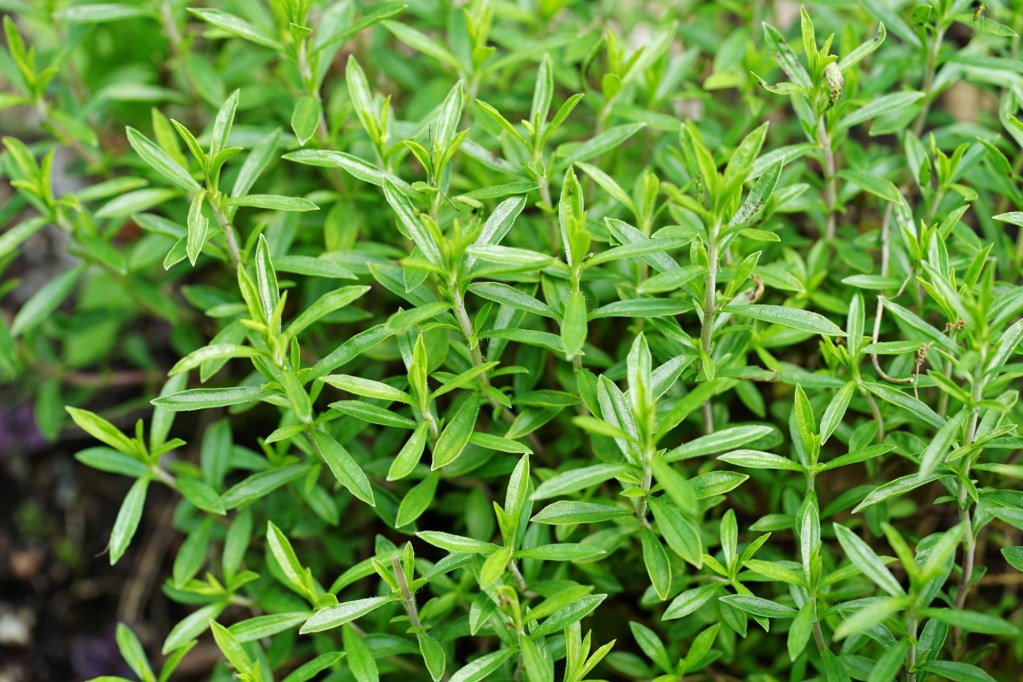
Winter savory
Similar in appearance to thyme, winter savory features a peppery, earthy flavor that pairs well with foods like soups, stews, and beans — its dried leaves are sometimes even added to potpourri. Hardy in zones 6 to 9, it’s a relatively low-maintenance herb that you can propagate by seed or stem cuttings. It prefers to be under full sun in sandy, well-draining soil. If you’re growing winter savory, it’s a good idea to prune it back regularly to keep it from getting weak and leggy.
While you can certainly enjoy a kitchen herb garden full of staples, such as basil, cilantro, and parsley, consider adding the plants above to bring your recipes up a notch. With herbs, such as shiso and chocolate mint, you can challenge yourself to be more adventurous in the kitchen and embed unique flavors into your cooking. And luckily, most of these herbs are just as easy to care for as most common herbs.


